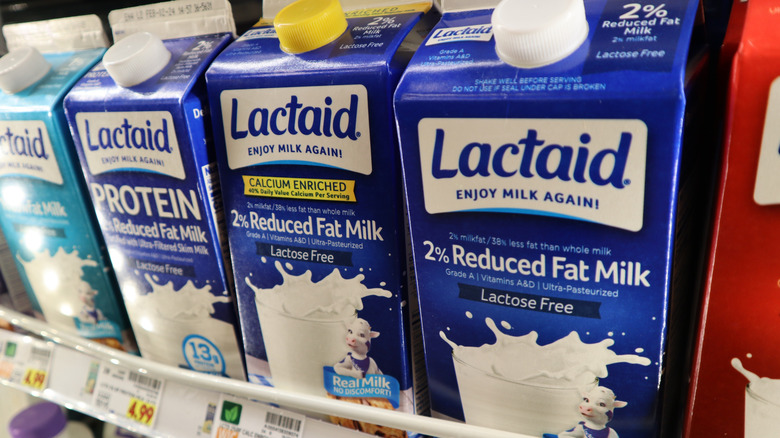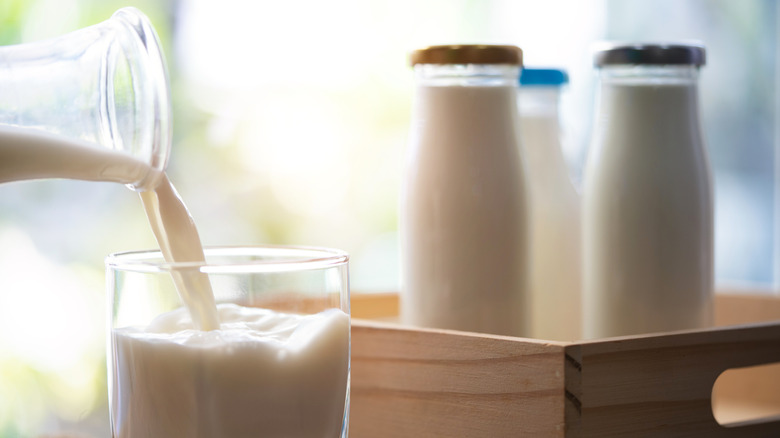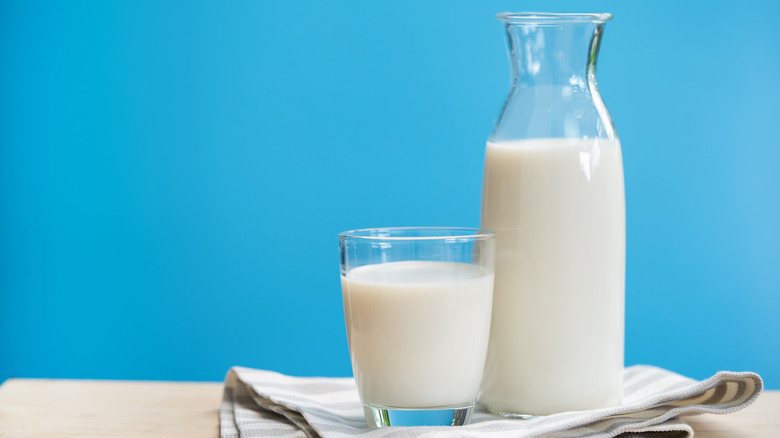How Do They Get The Lactose Out Of Lactose-Free Milk?
If you've ever wondered how lactose-free milk works its magic, you're not alone. For those of us who love milk but not the bloating and discomfort it can cause, lactose-free milk is a dairy dream come true. But what actually makes it "lactose-free"?
The process is surprisingly simple yet brilliant. Food manufacturers use an enzyme to break down lactose, the sugar naturally found in milk. This isn't just some high-tech wizardry; it's science making your morning cereal much more enjoyable.
While the idea of milk without lactose might sound like a modern invention, it's essentially milk that's pre-digested. The result? A product that tastes almost exactly like regular milk but is far kinder to your stomach.
Breaking down how to get lactose out of milk
At its core, lactose-free milk starts as regular cow's milk, which naturally contains a sugar called lactose. This sugar can cause digestive trouble for people who lack enough lactase, the enzyme responsible for breaking down lactose in the body. To solve this issue, food manufacturers simply do the job for you: They add lactase directly to the milk. Lactase works by breaking lactose into two simpler sugars, glucose and galactose, that are easier to digest.
This process not only makes the milk gentle on sensitive stomachs but also slightly alters its flavor. The simpler sugars created during the breakdown taste a bit sweeter than lactose itself, giving lactose-free milk its subtly sweet edge. It's like a little bonus for your taste buds.
So why go lactose-free? For many, it's about comfort and health. Lactose intolerance is more common than you think, especially outside of populations with a strong dairy tradition. With options ranging from fresh milk to shelf-stable varieties, lactose-free milk ensures that everyone, regardless of dietary needs, can still enjoy their morning latte, cereal, or smoothie.
Is lactose-free milk better?
Beyond digestive comfort, lactose-free milk is just as nutritious as its regular counterpart. It's still packed with calcium, protein, and other essential nutrients, making it a great choice for hydration and overall health. Whether you're fueling up for the day or recovering post-workout, lactose-free milk delivers the same benefits as regular dairy, without the digestive drama. Also, for those who find plant-based alternatives lacking in taste, texture, or nutritional value, lactose-free milk bridges the gap beautifully, offering the familiar creaminess of dairy with none of the discomfort.
But is it worth the extra cost? That depends on how much you value a pain-free glass of milk, and whether you actually need it. Not everyone is lactose-sensitive, and for those who aren't, regular milk might be a more cost-effective option. The process of adding lactase to milk, ensuring it's delicious and digestible, does come at a slight premium. However, for those with lactose intolerance, the trade-off is often well worth it for the convenience and comfort it provides. So, the next time you pour yourself a glass of lactose-free milk, take a moment to appreciate the small but mighty enzyme that makes it all possible and savor the fact that you can enjoy dairy without the downsides.


